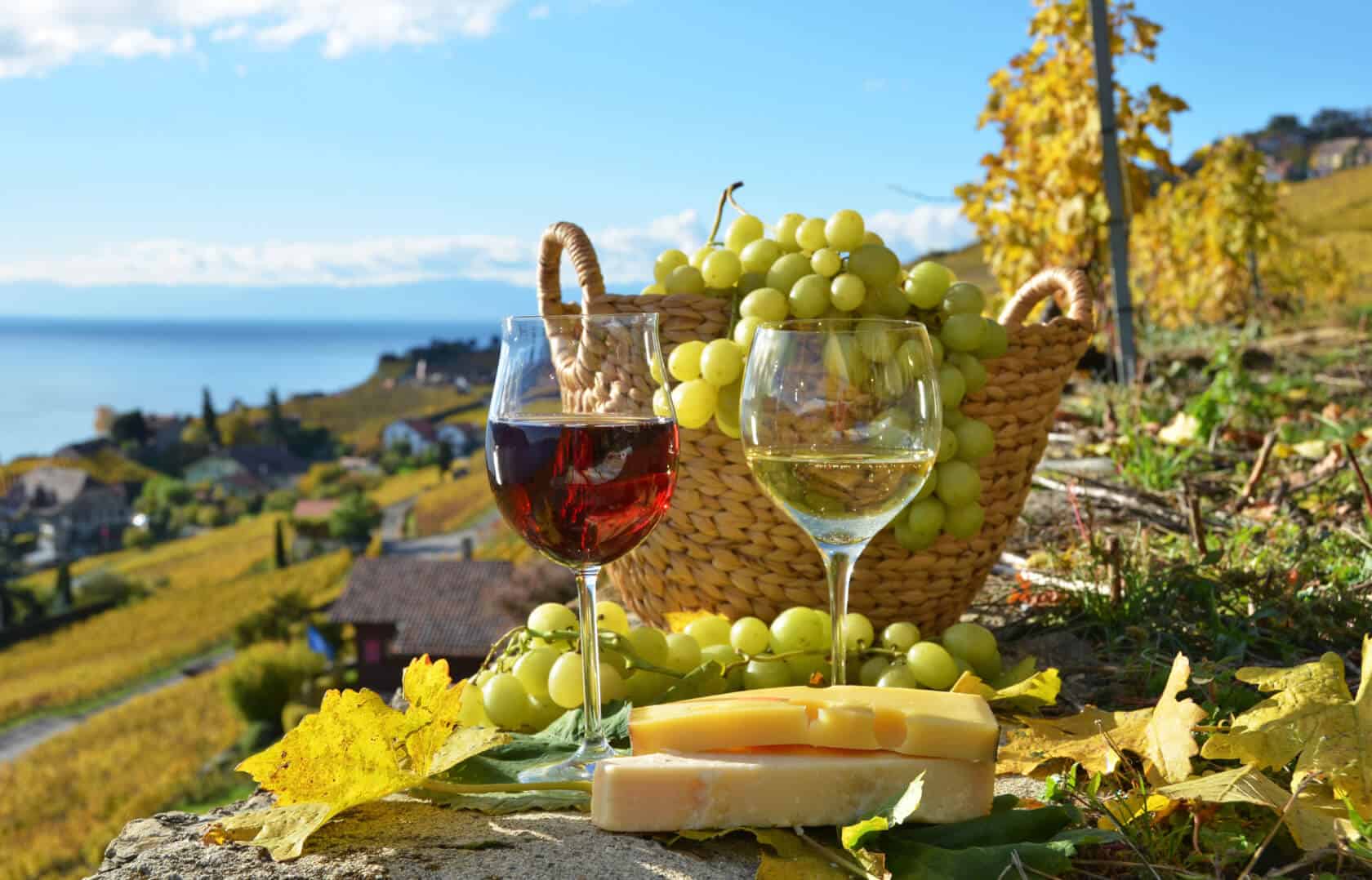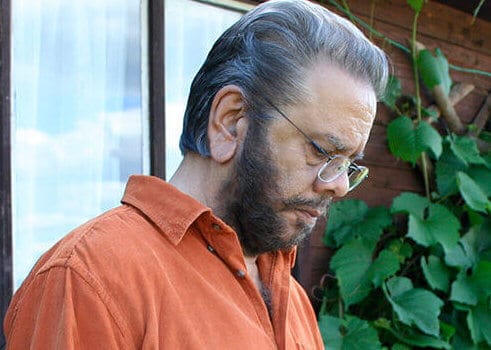Pop the corks, it's time to celebrate all things french wine, one of the best wine making regions in the world.
In the first installment of this miniseries we covered Bordeaux in France. This second largest wine producing country on the planet has much more to offer.
As promised, here is more information on wines before we have a closer look at France.
Average wine tasters earn anything between 40,000 to over a 100,000 dollars equivalent depending upon the country they are based in.
There are wine academies in many countries that offer wine tasting courses. As for the rest of us, wine tasting can be a hobby or even a passion.
We are all gifted with our senses. Similar to notes of music, even wines have notes. These are primarily the different nuances in the flavour and bouquet of a wine.
When we talk about notes of a wine we also refer to the taste, acidity, feel or texture and how balanced a wine feels when we taste it.
These fine subtleties in our senses help us differentiate the good and excellent wines from the average ones. It’s all about our sensory perception.
For proper wine tasting, first make sure you are using the right kind of glass which is clean, free of odours and well polished. Pour a small quantity of wine and tilt the glass to see the colour, swirl the wine gently, and sniff without putting our nose into the glass.
This will help you identify the bouquet and often even the individual ingredients that have gone into the making of the wine.
If all is pleasant, suck in a small sip and roll it around your mouth and let your senses tell you if you like the wine or not and how good it is.
Different wines have distinct aromas, bouquets, body and taste. Let your natural senses help you decide if the wine is well balanced.
For the specialists there is much more to wine tasting that we laypersons don’t need to concern ourselves with. All we want to make sure is that we like the wine and if it will make a good pairing with the food.
Before the actual tasting of the wine just make sure that the cork is in order and does not carry any unpleasant or vinegar-like odours.
Coming back to France, let’s have a good look at the best wine producing regions.
Champagne
The first ever sparkling wine was actually an accident. Still wines were produced in the region of Champagne right since Roman times.
After that, the church owned the vineyards and the wine was produced by the monks. It just happened that white wine was bottled before the fermentation was complete and it started developing bubbles and the pressure made the corks fly out or even made the bottles explode.
So they began calling it the devil’s wine.
Along came a person named Adolphe Jaquesson who invented the holder that kept the corks in place and bottles with the right resistance began to be used. It was only later that Champagne became a much sought after region for its wine.
You can buy a cheap bottle of Champagne at around €12 but it’s likely that a sparkling wine which cannot be called champagne from a neighbouring region for a similar amount will turn out much better. A good champagne starts at around €40.
The three main territories that produce the best grapes for champagne are Reims, La Vallée de la Marne and La Côte des Blancs. The good producers of champagne combine grapes from all three areas.
While in the region the best thing to do is to go wine tasting for a day or two and also go on a walking tour of Reims.
The town itself has four UNESCO heritage sites, the Cathedral of Our Lady of Reims, the Palace of Tau, Reims Saint Remi Basilica and the Saint Remi Museum of History.
There’s much more to do in this town if you can afford to spend a few days. While there, don’t forget to try the pastries and pies. They are special.
Burgundy
The reds produced in the region are from Pinot Noir grapes and the whites produced from Chardonnay grapes are really special.
The reds are dry and lighter than Bordeaux wines both in colour and body.
The region of singularly special architecture with colourful roof tiles is spectacular. Each town is more beautiful than the other and the landscape with its rolling hills is splendid.
There are any number of historic monuments in the region and walking tours are the best way to experience the area while you also go wine tasting.
When you are there, going on a barge or a boat trip is an experience in itself. The people of Burgundy are proud of their cuisine and justifiably so.
Beef Burgundy, which is a stew cooked in the local wine and Chicken cooked in Dijon mustard sauce are two of the most popular dishes. Both absolutely delectable.
Loire Valley
This region is famous for dry whites, most especially Sancerre and Pouilly-Fume. They also produce some of the best affordable bubblies here.
There are several wine caves in the region alongside the Loire river. A couple of days in the region just pass you by.
The three must-see towns are Tours, Orleans and Amboise.
Tours, well known as a university town, has a lively young population and Amboise is another favourite with tourists for its Château Royal d’Amboise.
Orleans is specially visited for the Maison de Jeanne d’Arc. Who doesn’t know of Joan of Arc who saved this city from the English. There is also the annual festival of Orleans which attracts thousands of visitors.
In addition to the above three regions that produce the best of wines the Rhone Valley, Beaujolais and Alsace are other regions in France well known for their wines.
There are still many who live in the mountains who do not drink water in France, just wine.
From France to Italy:
Support us!
All your donations will be used to pay the magazine’s journalists and to support the ongoing costs of maintaining the site.
Share this post
Interested in co-operating with us?
We are open to co-operation from writers and businesses alike. You can reach us on our email at [email protected]/[email protected] and we will get back to you as quick as we can.










